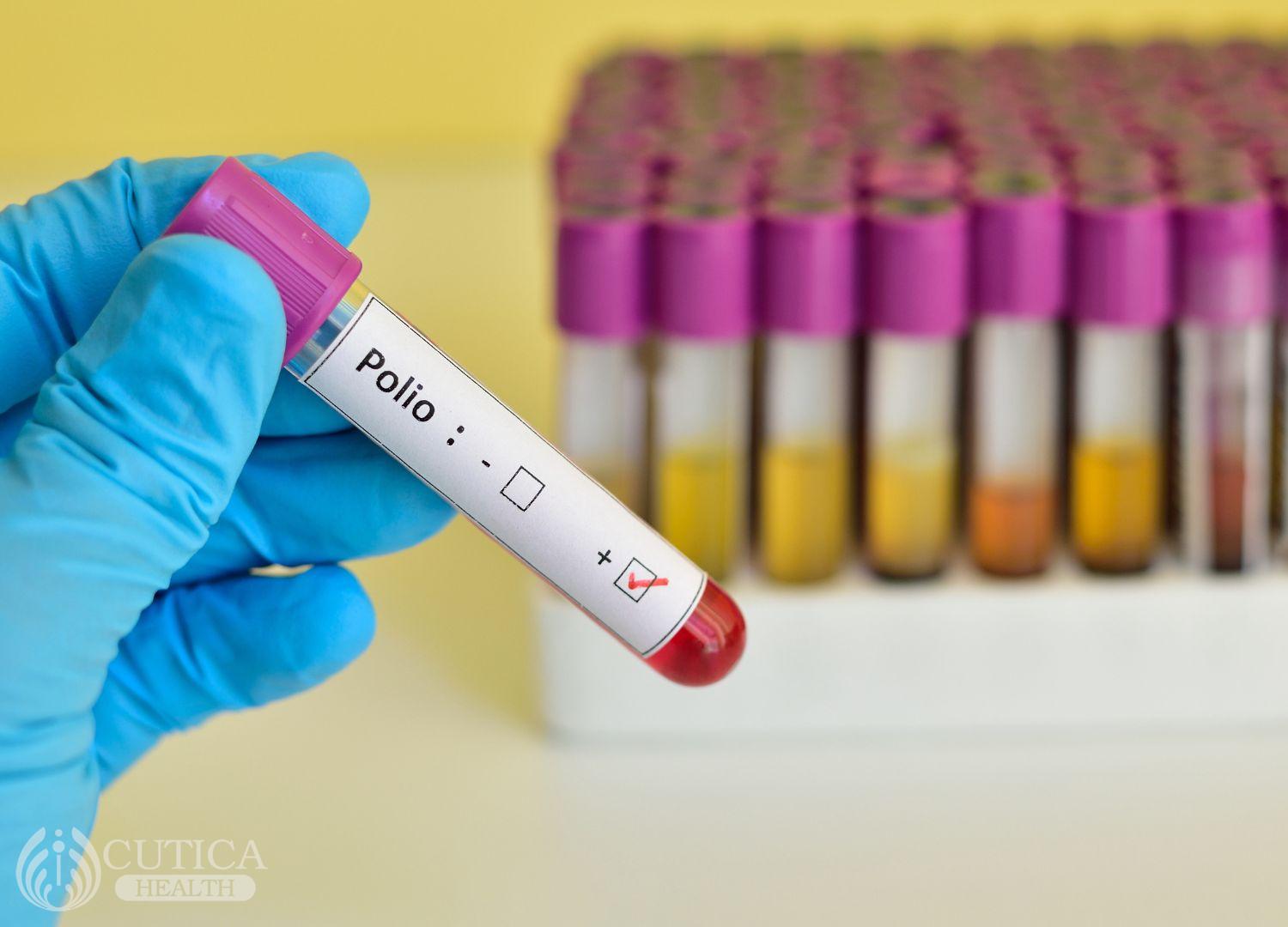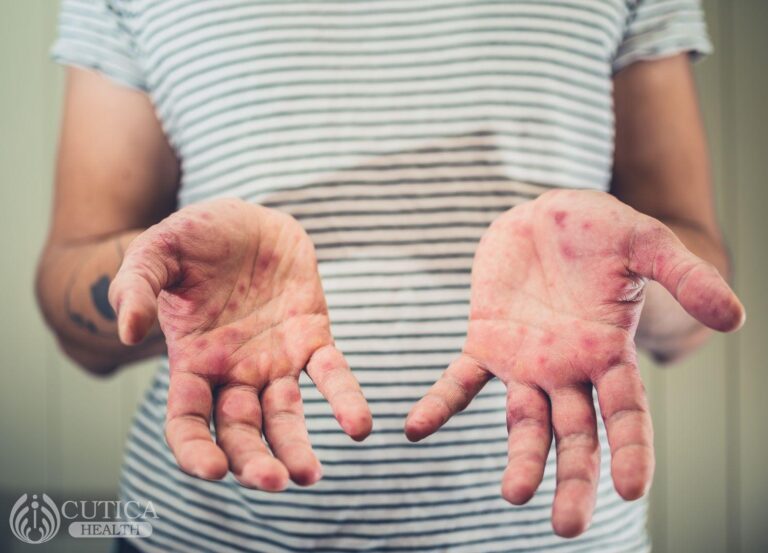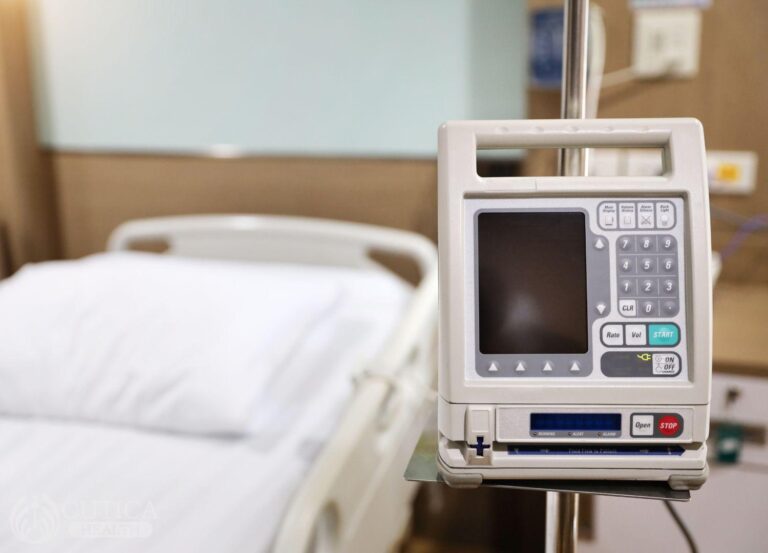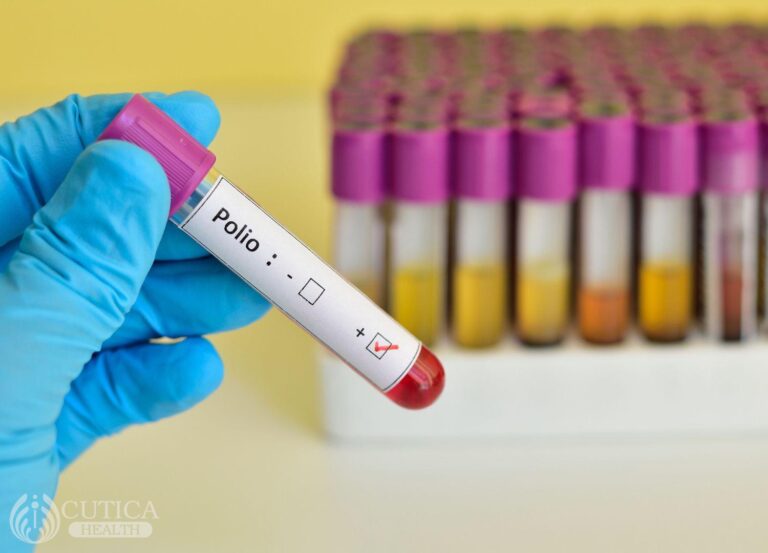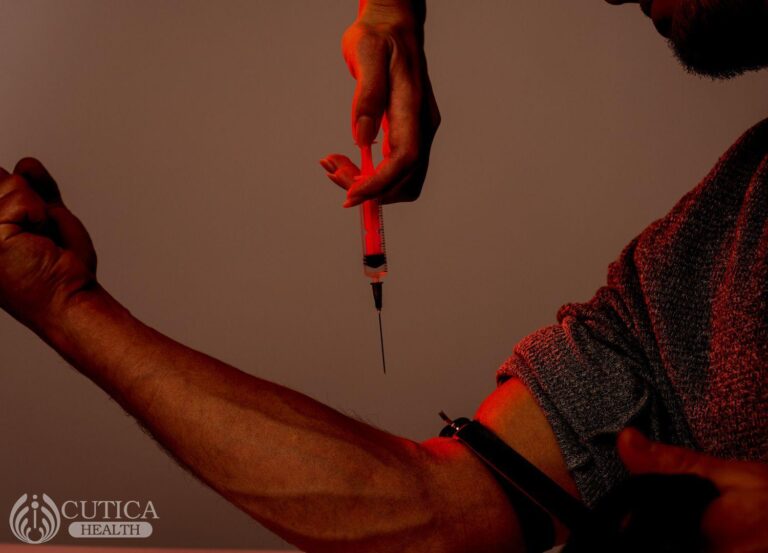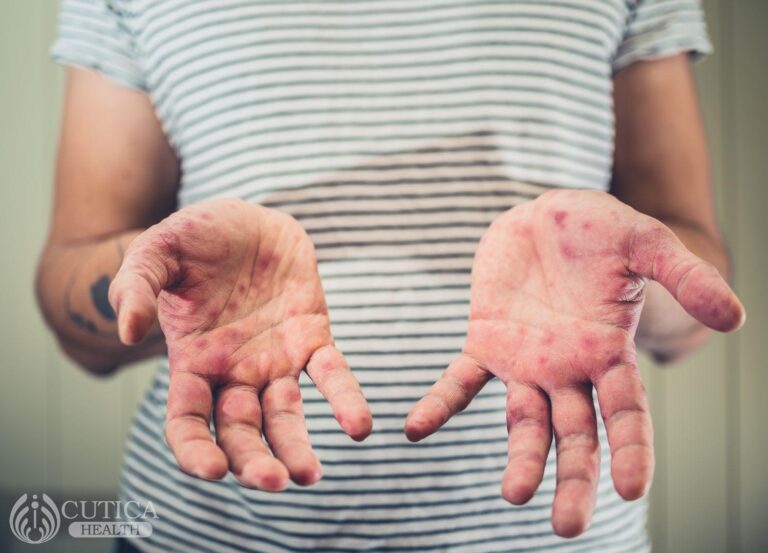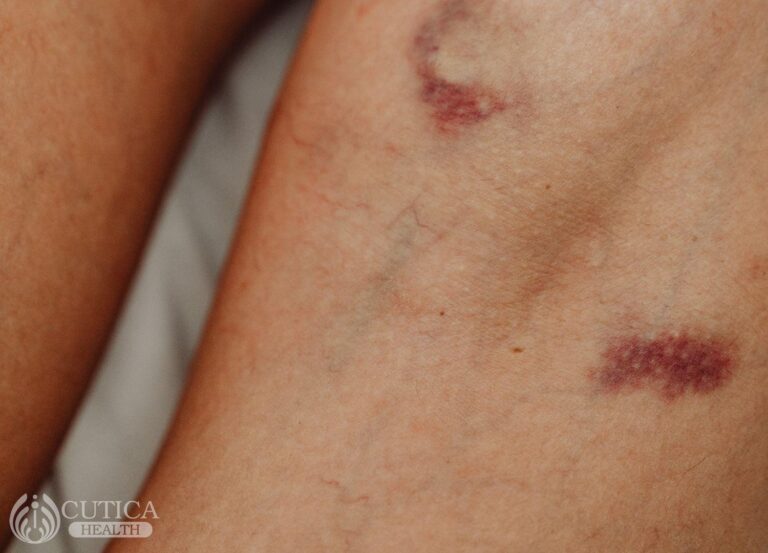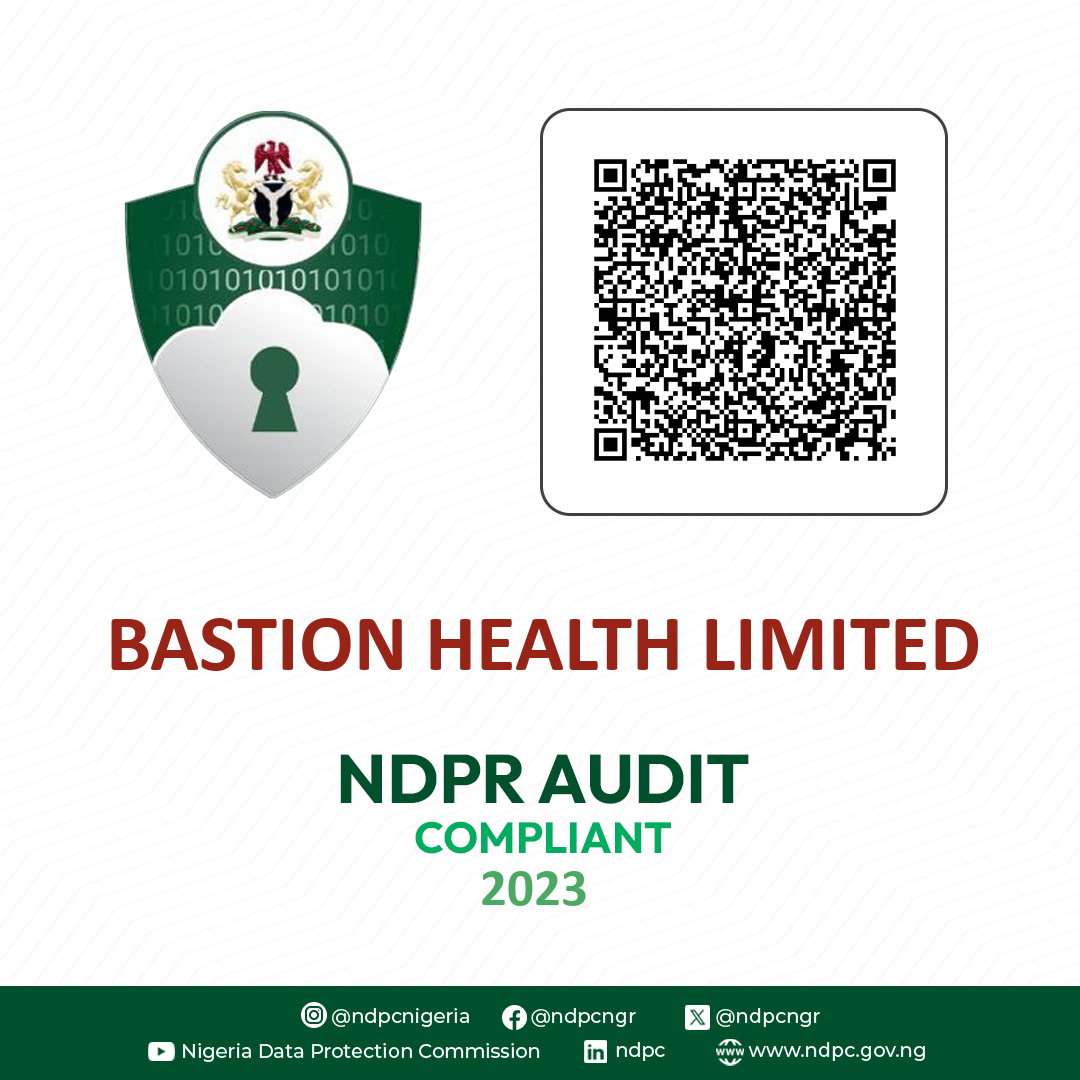What is Polio?
Polio is a debilitating disease caused by the poliovirus, which attacks the brain and nerves; it causes mild or no symptoms in most people, but in others, it may cause paralysis or death. Children under 5 are the most vulnerable groups to contract this disease.

There are three types of poliovirus: wild poliovirus type 1, 2, and 3. While wild polio virus types 2 and 3 have been eradicated, wild polio type 1 still exists in a few countries, causing serious, debilitating effects. Afghanistan and Pakistan are the two countries where the spread of polio has not been halted.
What are the symptoms of polio?
Nearly 99 percent of people who contract polio do not show any symptoms. Based on the symptoms people present with, polio can be divided into two types
Non-paralytic polio: Essentially, this type of polio, also called abortive polio, does not present with paralysis. Common symptoms of non-paralytic polio include:
- Fever
- Sore throat
- Headache
- Vomiting
- Tiredness
- Feeling of sickness
- Paralytic polio: Paralytic polio, the type of polio that presents with paralysis, can occur in 1 percent of cases of polio. Common symptoms include:
- Loss of reflexes
- Sudden paralysis and loss of muscle power, which could be temporary or permanent
- Deformed limbs
Post-polio syndrome: In some cases of polio, the virus re-attacks a person many years after the first infection. Common symptoms of post-polio syndrome include:
- Muscle weakness
- Muscle pain
- Severe fatigue
- Trouble breathing and swallowing
- Breathing problems
How does polio infect a person?
Polio is caused by a highly contagious virus, which is spread through contact with infected faeces. Objects that have been contaminated with infected faeces can also spread the virus in addition to being transmissible via respiratory droplets through a cough or a sneeze.
People at risk of contracting polio include:
- Young children, especially under-fives
- People living in areas with poor water supply
- People who live in areas with flush toilets, where drinking water can be easily contaminated with human faeces
- People with weakened immune systems, such as people who have HIV or cancer
- Pregnant women
How is polio treated?
Polio currently has no cure, but doctors can manage the symptoms with several medications, which include painkillers, antibiotics, and muscle relaxant medicines. Other treatment options include:
- Bed rest
- Physical therapy
- Heating pads to ease the muscle pain
- Portable ventilators to help with breathing
How to prevent polio
Vaccination is the best way to prevent polio. Polio vaccines are administered to children with schedules depending on your local vaccination program. Available polio vaccines prevent all three types of the poliovirus, lowering the risk of contracting the disease.
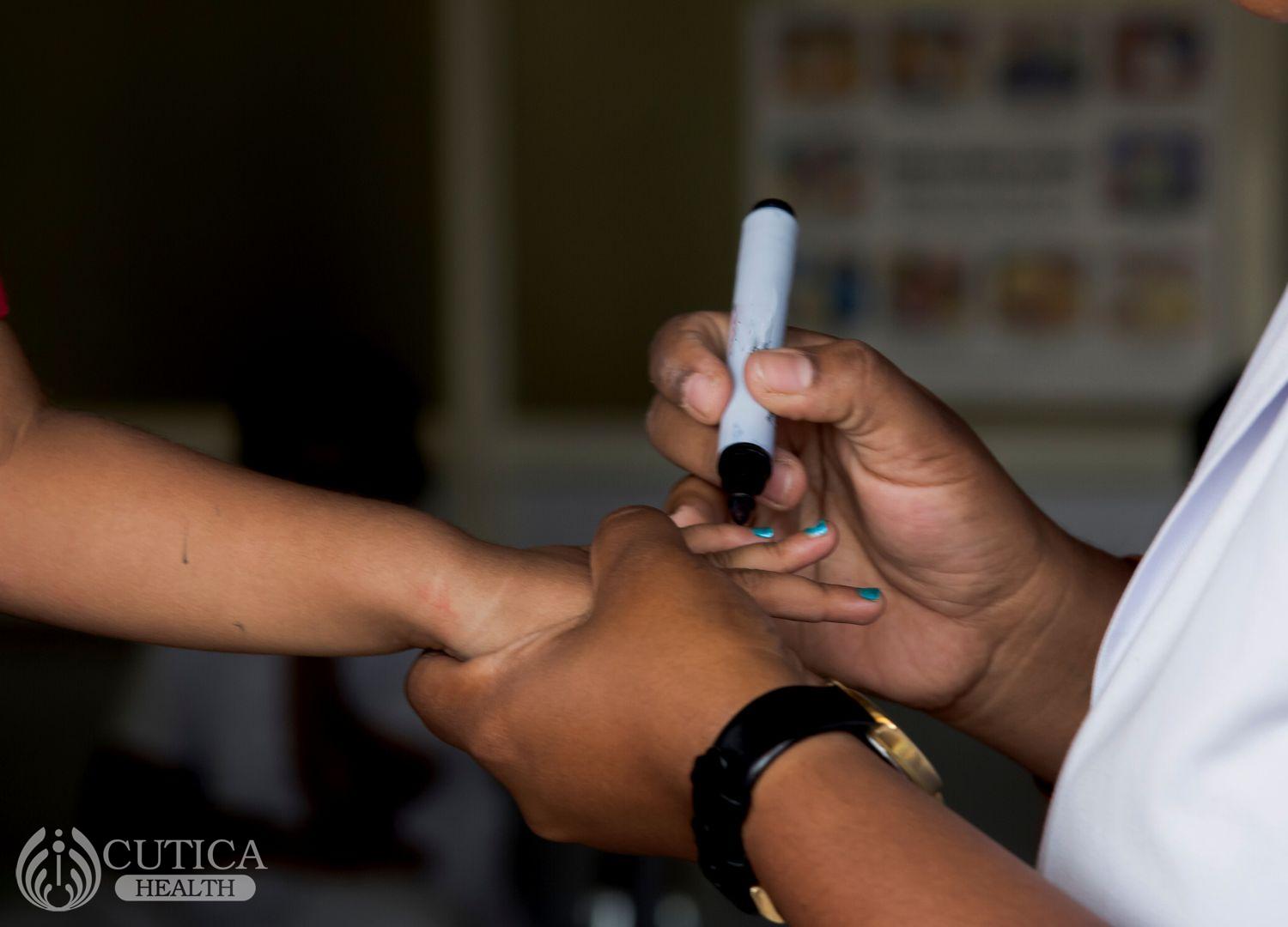
If you have received the complete doses of the polio vaccine as a child, you are still immune, but you may require booster shots if you are traveling to a country where polio is still endemic or you will be in contact with someone who has polio.
If you did not receive the vaccines completely as a child, your doctor can also administer the vaccine. This time, you’ll get two shots about 4 to 8 weeks apart, and the third shot 6 months to a year later.




